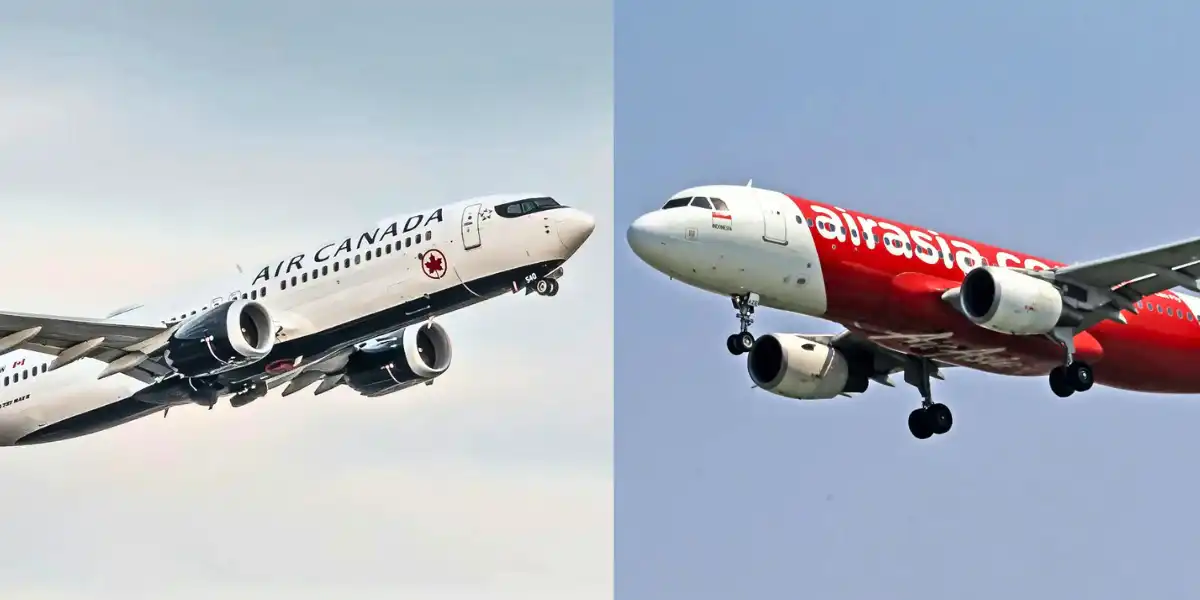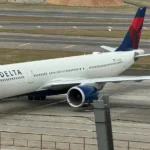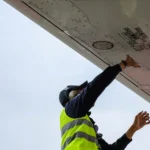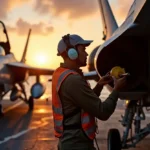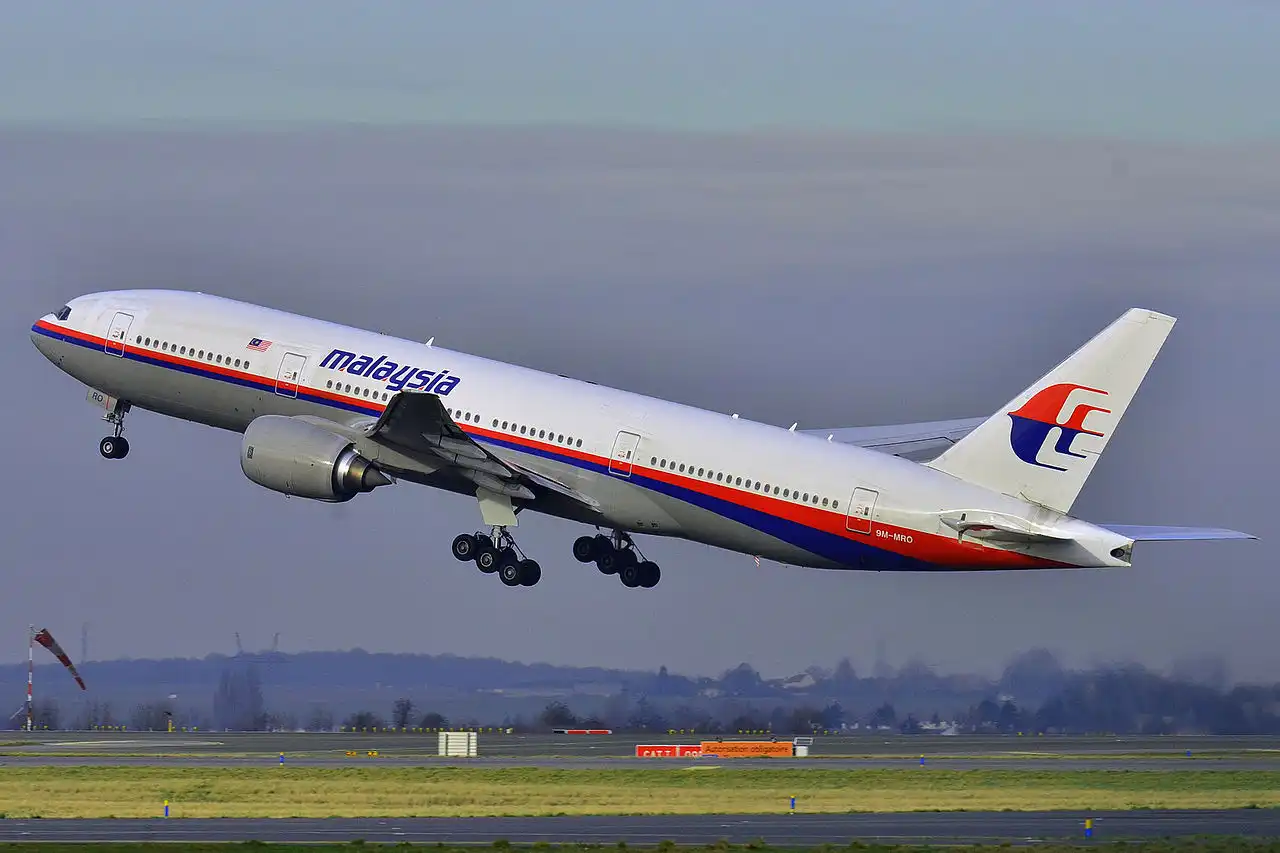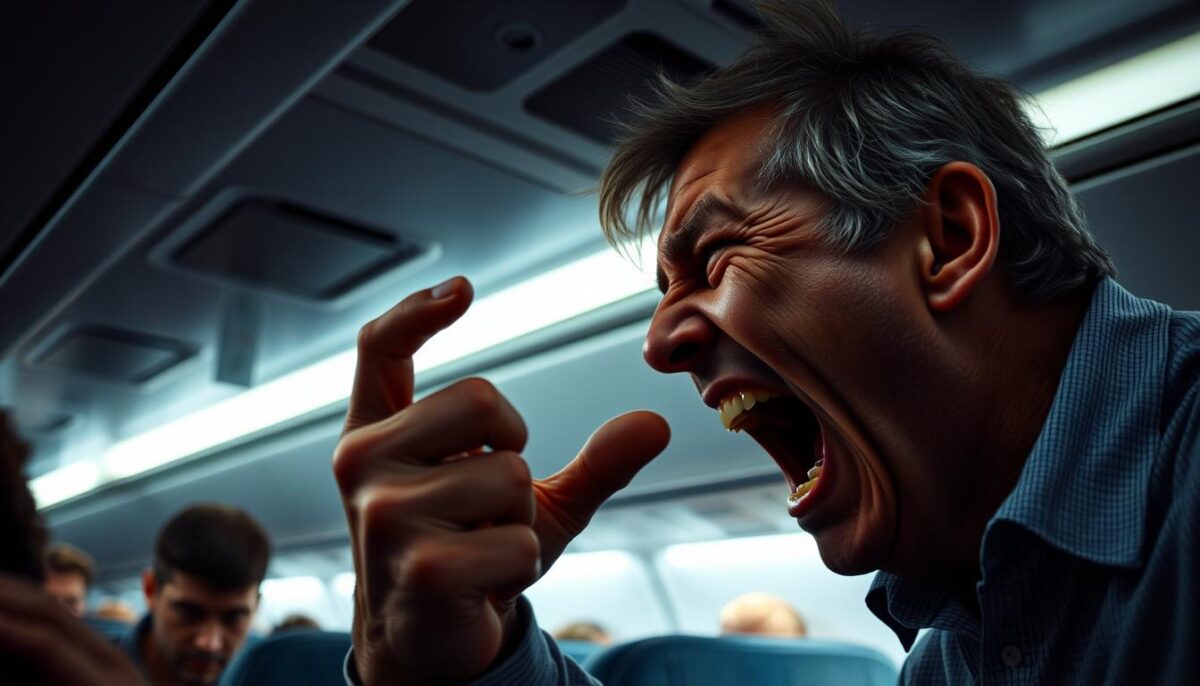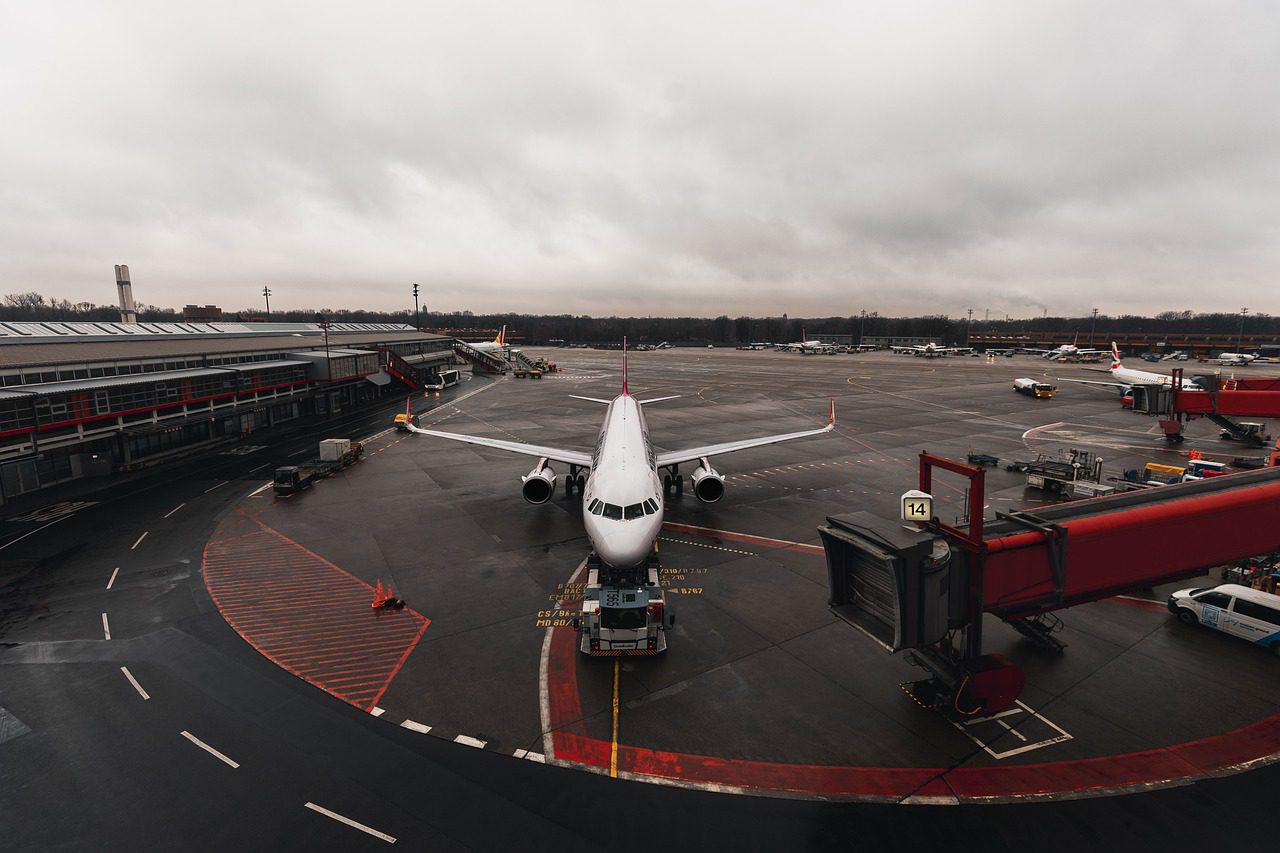Airbus A320 vs Boeing 737: The Ultimate Narrowbody Showdown
When it comes to commercial aviation, the rivalry between the Airbus A320 vs Boeing 737 stands as one of the most intense competitions in the industry. These two aircraft families have dominated the single-aisle market for decades, accounting for thousands of active aircraft globally and billions in revenue for their respective manufacturers. Understanding the key differences between these titans can help airlines make informed fleet decisions and give aviation enthusiasts deeper insights into aircraft design philosophy.
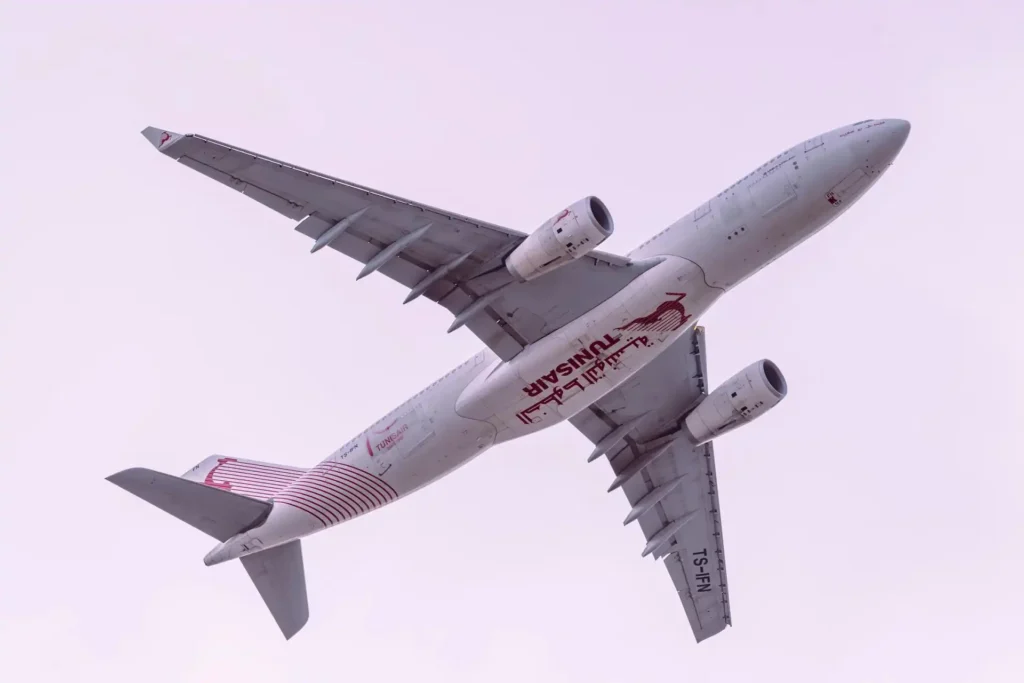

Technical Specifications: Airbus A320 vs Boeing 737 By the Numbers
When comparing these aircraft purely on paper, several key differences emerge:
| Specification | Airbus A320neo | Boeing 737 MAX 8 |
| Typical seating | 150-180 | 162-178 |
| Range | 3,500 nmi (6,500 km) | 3,550 nmi (6,570 km) |
| Max takeoff weight | 79,000 kg | 82,191 kg |
| Wingspan | 35.80 m | 35.92 m |
| Cruising speed | Mach 0.78 (828 km/h) | Mach 0.79 (839 km/h) |
| Engines | CFM LEAP-1A or PW1100G | CFM LEAP-1B |
The Airbus A320 family has evolved significantly since its introduction in 1988, with the latest neo (new engine option) variants offering substantial fuel efficiency improvements. Meanwhile, the Boeing 737, which first flew in 1967, has undergone multiple generational changes leading to the current MAX series.
For aviation enthusiasts tracking the Airbus A320 vs Boeing 737 competition, fuel efficiency has become a critical battleground. According to Airbus, the A320neo delivers 20% fuel savings compared to previous generations, while Boeing claims similar efficiency gains for the 737 MAX.
Cockpit Design and Flight Control Philosophy
One of the most fundamental differences between these aircraft lies in their control systems. The Airbus A320 utilizes a fly-by-wire system with sidestick controllers and flight envelope protection, representing a computer-centric approach to flying. In contrast, the Boeing 737 maintains a more traditional yoke control system with mechanical backup controls that provide direct feedback to pilots.
This philosophical difference in the Airbus A320 vs Boeing 737 design approach extends to automation levels. Airbus’s flight envelope protection prevents pilots from exceeding certain parameters even in manual flight, while Boeing’s approach allows pilots to override automated systems with sufficient force on controls.
Passenger Experience: Comfort Factors in the Airbus A320 vs Boeing 737 Competition
From a passenger perspective, several key differences affect the flying experience:
The Airbus A320 typically features:
- Wider cabin (3.70m vs 3.54m)
- Larger overhead bins (especially in neo variants)
- Wider seats in typical 3-3 configuration
- Less curved cabin walls
Meanwhile, the Boeing 737 offers:
- Larger windows
- Better cabin pressurization in MAX variants
- More headroom in the aisle due to different ceiling design
- Generally quieter engines (particularly in older generations)
According to J.D. Power’s Airline Satisfaction Study, passenger comfort ratings show marginal preference for the A320 family in economy class configurations, primarily due to the additional width.
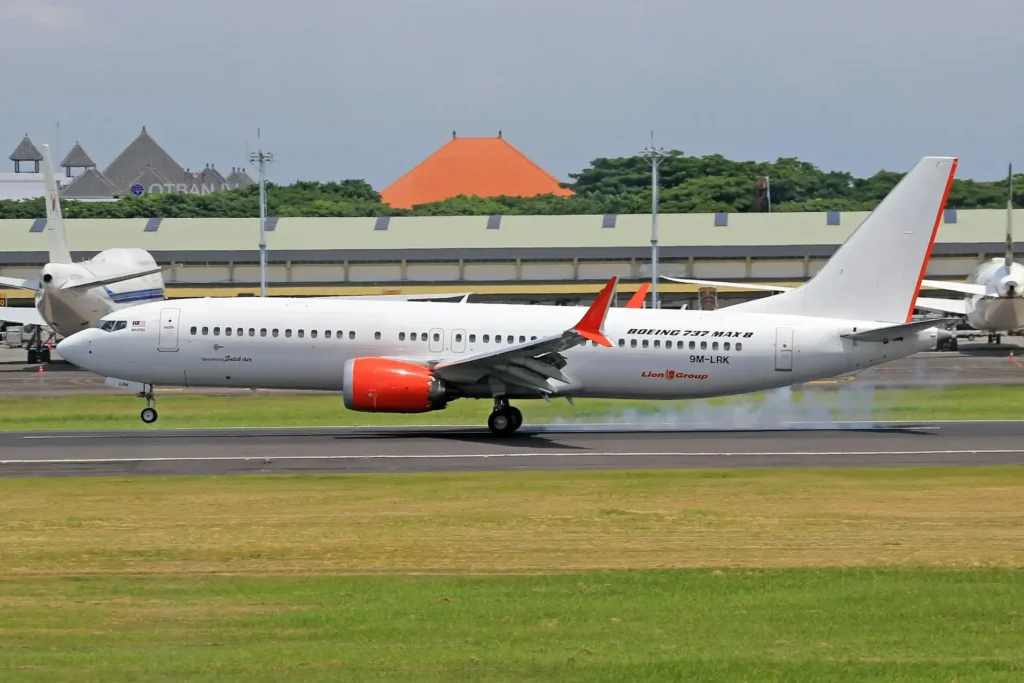
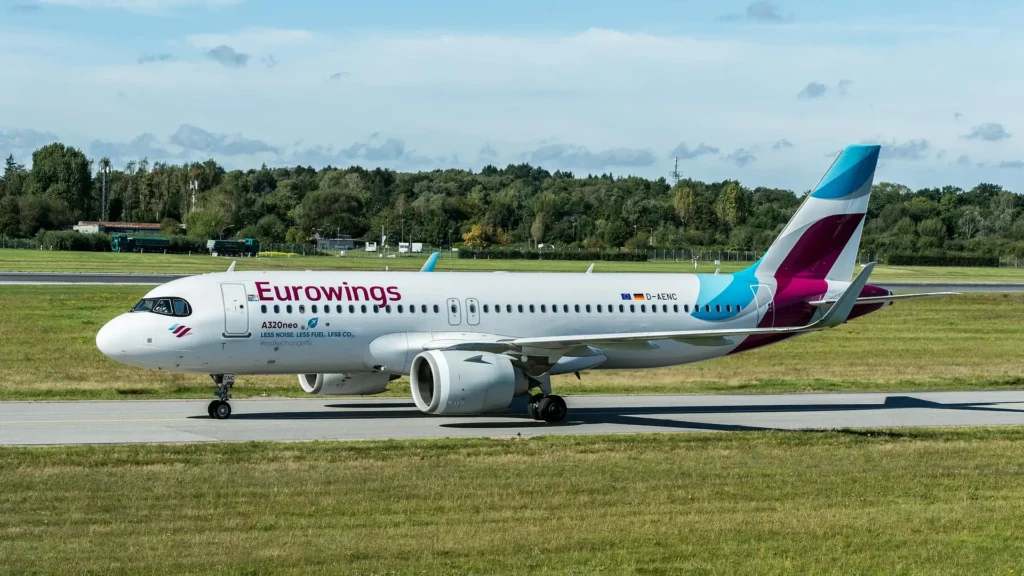
Market Position and Future Outlook
As of early 2025, the Airbus A320 family has gained significant market share advantages over the Boeing 737 MAX, largely due to the latter’s highly publicized grounding issues between 2019-2020. Airbus has delivered over 10,800 A320 family aircraft since the program began, while Boeing has delivered approximately 11,300 737s across all generations.
Current order backlogs show Airbus holding a substantial lead, with the A320neo family securing nearly 60% of new narrowbody orders compared to Boeing’s approximately 35% share with the 737 MAX.
Frequently Asked Questions About Airbus A320 vs Boeing 737
Which is safer, the Airbus A320 or Boeing 737?
Both aircraft have excellent safety records when considering their complete operational history. The A320 family has an accident rate of approximately 0.10 fatal accidents per million flights, while the 737 family (excluding MAX issues) shows a similar rate of 0.17 per million flights. Modern variants of both aircraft incorporate the latest safety technologies and meet stringent certification requirements.
Can pilots switch between flying an Airbus A320 and Boeing 737 easily?
No. Transitioning between these aircraft typically requires substantial retraining due to their fundamentally different flight control philosophies. Pilots qualified on one type must complete type-rating training courses lasting several weeks before being certified on the other aircraft type. Some airlines maintain separate pilot groups for each aircraft family to avoid the costs associated with cross-training.
Which aircraft is more fuel-efficient, the A320neo or 737 MAX?
Current data suggests the A320neo holds a small 2-3% fuel efficiency advantage over the 737 MAX 8 on typical routes, primarily due to the geared turbofan engine option available for the A320neo. However, this can vary based on route length, payload, and specific airline operations.
What are the key maintenance differences between the A320 and 737?
The A320 generally requires fewer maintenance hours per flight hour, with approximately 0.3 maintenance hours per flight hour versus approximately 0.4 for the 737. However, Boeing aircraft are often noted for their robustness in more challenging operational environments with limited infrastructure.
How do the costs compare between the A320neo and 737 MAX?
List prices show the A320neo at approximately $110.6 million versus $117.1 million for the 737 MAX 8, though actual purchase prices after discounts are typically 40-60% lower. Operating costs are similar, with the A320neo holding slight advantages in fuel and maintenance while the 737 MAX often shows better dispatch reliability statistics.
Which aircraft do pilots prefer flying?
Pilot preference is often based on training background and experience. Boeing pilots typically appreciate the direct control feel and manual reversion capabilities, while Airbus pilots favor the advanced automation and protection systems. A 2024 survey by Aviation Week found that 55% of respondents with experience on both types preferred the A320 family, primarily citing ergonomics and systems integration.


